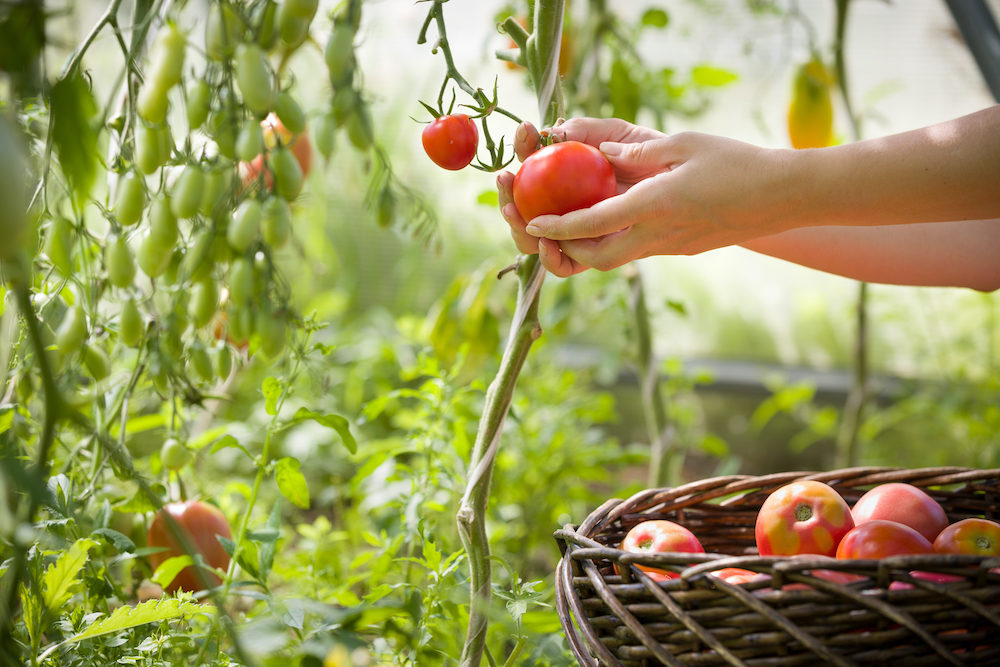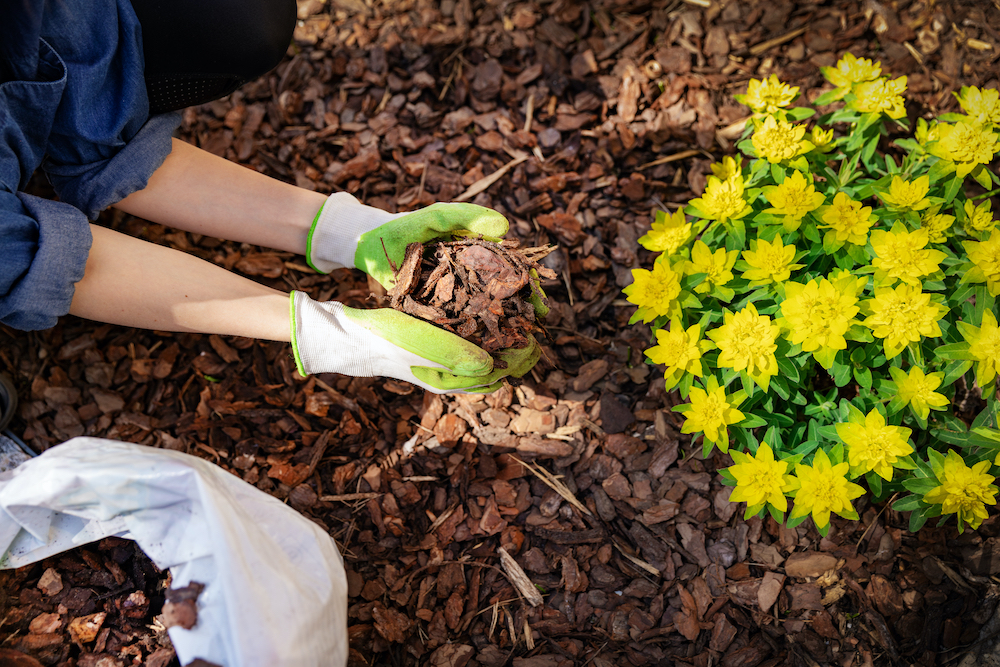
If you’re planning to put a garden in your yard this year, you’re probably glad that spring is right around the corner – but where do you even begin when it comes to planning and implementing your idea? Here’s what you need to know.
Planning a Garden Bed for Your Yard This Spring? Here’s How to Pull it Off
Gardening can be therapeutic – and there’s no question that a garden itself can add a tremendous amount of outdoor appeal to any home. If you’ve been considering putting in a garden this spring, your success starts with planning.
Mapping a garden bed follows the same principles whether you’re growing veggies or flowers. When you plan ahead, you’ll know how many seeds you need, where you’ll plant them, and how you can keep your entire garden growing throughout the season.
And as it turns out, the best time to plan a new garden is during the winter. Here’s what to remember:
- Consider raised beds
- Don’t overcrowd your garden
- Think about growing vertically
Here’s a closer look at each.
Garden Bed Tip #1: Consider Raised Beds
Raised beds are a great way to pull together a simple, effective and healthy garden. In fact, many people prefer them because you can grow more in less space, you can place the beds anywhere, and it’s tougher for weeds to grow (and easier for you to remove them). With raised beds, you can also match soil types to specific plants – and that’s especially helpful if you’re not growing native flowers or vegetables.

Garden Bed Tip #2: Don’t Overcrowd Your Garden
When you’re choosing your plants for your garden, make sure you know how closely they can grow together while remaining healthy. Some seeds must be planted at least 3 inches apart; others can be practically on top of each other. If you want your garden to look its best and stay as healthy as possible, you’ll be mindful of how much room each plant needs.
Garden Bed Tip #3: Think About Growing Vertically, Too
Vertical growing enables you to plant many more seeds than you could if you were going row by row on the ground. Living walls are incredibly popular right now, and one may be perfect for your yard. Although not all plants thrive in vertical spaces, there are some that do their best that way – including:
- Sedums are succulent plants that come in a huge range of colors, textures and heights. Many flower beautifully without needing much water.
- Annual wave petunias. These beautiful flowers provide vibrant, gorgeous colors throughout the summer growing season.
- Thyme comes in many varieties, and most thrive in vertical gardens.
- Ferns are great for vertical gardens in shady spots, and they can create a lush look with minimal care in the right conditions.
- Shady spots where ferns thrive are also great for fuschias, which provide spectacular blooms during summer months.
- Kale and arugula. If you’re going the veggie route for your vertical garden, add kale and arugula. They’re pretty easy to grow, but you won’t plant them until late summer.
- Green beans. Green beans are fun to grow (and pick), and they do exceptionally well in vertical gardens.
Are You Selling or Buying a Home in Aspen?
If you’re ready to sell your home in Aspen, Woody Creek, Basalt, Carbondale or Snowmass, we may be able to help you.
Get in touch with us right now to find out how much your home is worth – and discover how we’ll be able to help you sell it quickly and for top dollar.
If you’re also looking for a home for sale in Aspen or a nearby community, check out our listings by price:
- $200k to $300k
- $300k to $400k
- $400k to $500k
- $500k to $600k
- $600k to $700k
- $700k to $800k
- $800k to $900k
- $900k to $1 million
- Over $1 million





























